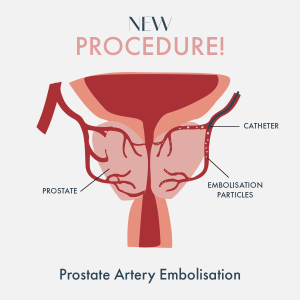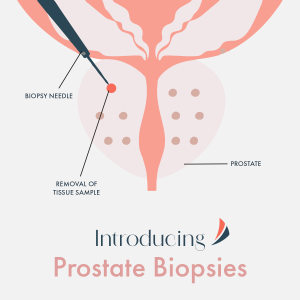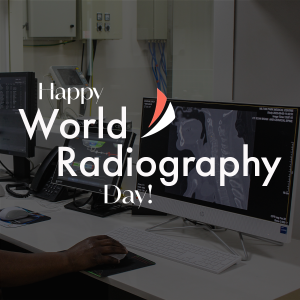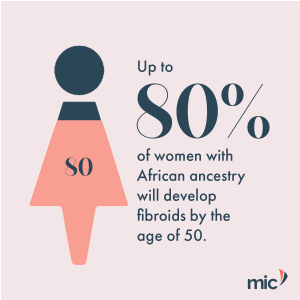Are fibroids affecting your life?

Uterine Fibroid Embolisation can offer life-altering relief from fibroids. Without the need for invasive surgery, this quick and relatively painless procedure is the starting point to achieve long-term, significant improvement. Through a tiny incision in the wrist, micro particles are injected into the targeted fibroids to halt their blood supply. As a result, the targeted fibroids shrink and will eventually disappear. This procedure is conducted in less than an hour, with just one night hospital stay recommended for observation. If you have been diagnosed and UFE sounds like the right treatment for you, please send us a DM or visit our website for more 👉🏾 https://mic.co.zw/ufe/









